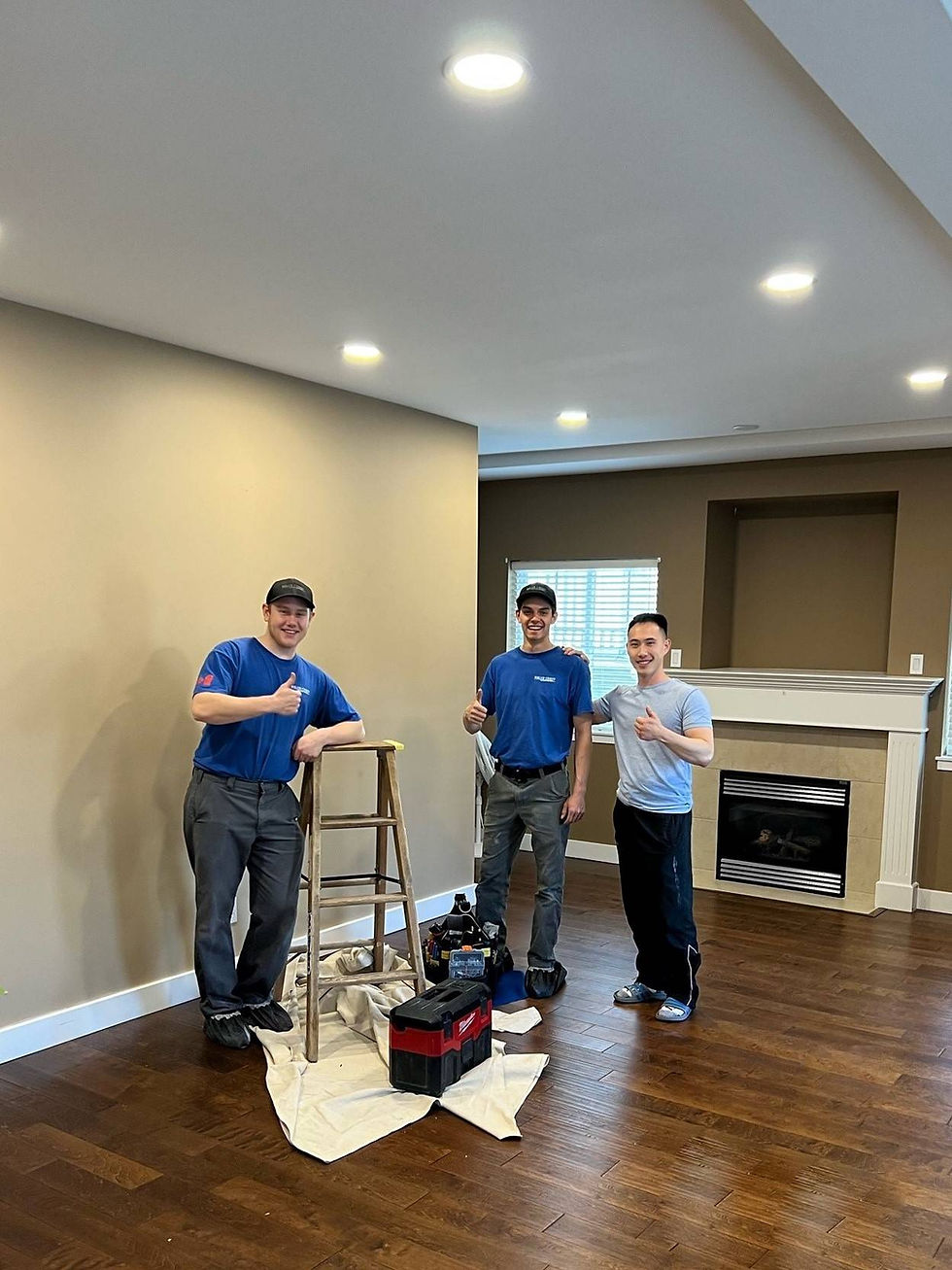Carbon Monoxide Safety
- Yellow Pages Admin

- Dec 20, 2023
- 3 min read
Updated: Jun 7, 2024
Carbon monoxide (commonly known as CO) is a colourless, odorless, toxic gas. When inhaled, CO interferes with the bloods ability to absorb and transport oxygen. In this blog we will answer some common questions about the dangers of CO and CO poisoning.
How is Carbon Monoxide Produced?
CO is produced when fuels are burned incompletely. Smoking a cigarette, idling gasoline-powered vehicles, and burning oil, coal, wood, charcoal, kerosene, propane, or natural gas can all produce carbon monoxide.
Improperly installed, operated, or poorly maintained appliances that use these fuels may create unsafe levels of CO. In enclosed spaces like your home, vehicle, cottage, boat, recreational vehicle, or tent, even a small amount of CO is dangerous.
What are the Symptoms of Carbon Monoxide Poisoning?
Exposure to CO causes flu-like symptoms such as headaches, nausea, dizziness, drowsiness, confusion, impaired judgment, loss of manual dexterity, and even loss of consciousness. In several cases, CO poisoning can cause brain damage and death.
What are some signs of CO poisoning?
Look out for the danger signs:
Do you your family members have symptoms of carbon monoxide exposure?
Is there an abnormal odour when your furnace or other fuel burning appliances turn on?
Does the air feel stale or stuffy?
Is there abnormal moisture forming on your windows and walls?
What do I do if you suspect CO Poisoning?
Leave the building immediately.
Call 9-1-1 from a cell phone or a neighbour’s home.
Seek medical help.
How can I prevent a Carbon Monoxide Hazard?
One of the best precautions you can take to ensure your safety is to purchase a carbon monoxide alarm. If you are considering purchasing an alarm, make sure that:
It is certified to the latest Canadian Standards Association requirements. CO alarms that comply with the latest Canadian requirements will have a label. Units tested and certified by CSA will have their blue flame logo.
It is mandatory to have a CO detector/alarm in rooms that contain a wood burning appliance.
Follow the manufacturer’s instructions for installation, proper use, and maintenance. CO alarms must be installed with 15 feet of sleeping areas. You may require more than one alarm if sleeping areas are located on different levels of your home.
While CO alarms may provide an extra measure of warning, they should never be relied upon as a substitute for regular inspection and maintenance of natural gas, propane, kerosene, oil or wood burning appliances, venting, and chimneys. Never use CO alarm as a substitute for a smoke alarm but you can purchase both a smoke and CO alarm as a combination unit. Your electrician will be able to install this for you.
There are things you can do as well. Here is a checklist of things you can also do to prevent a Carbon Monoxide Hazard.
Immediately move your car out of the garage after starting it. This prevents exhaust fumes seeping into the building through connecting doors and vents.
Familiarize yourself with the operating and maintenance manuals provided with your fuel burning appliances.
Have your fuel burning appliances checked regularly by a qualified service technician or heating contractor.
A licensed gas fitter should check all the gas appliances. Some appliances manufacturers recommend annual inspection and maintenance.
Check that there is no corrosion in chimneys and vents or blockage by a bird’s nest, snow, ice, or other debris.
Operate your kitchen exhaust fan when using your gas stove. When cooking the exhaust fan then ventilates the combustion products and water vapour outside.
If you are adding a new fuel burning appliance or making changes to your home ventilation system including adding new windows and additional insulation, consult a qualified heating contractor. Changes may upset the operation of existing appliance.
Use appliances only for their intended purpose. Portable propane camping equipment and gas barbecues are approved for outdoor use only. Therefore, never use them inside cabins, recreational vehicles, boats, or tents. Read the labels on recreational appliances and follow the manufacturer’s operating instructions.
Never use a gas cooking range for space heating purposes.
Do not operate chainsaws, lawn mowers, snow blowers in a closed area (garage, workshop, etc.).
Inform your family members about the symptoms and causes of CO poisoning. Work together to minimize the production of CO in your home. For any questions regarding the installation of carbon monoxide detectors please call us at any of the numbers listed on our contact page.




